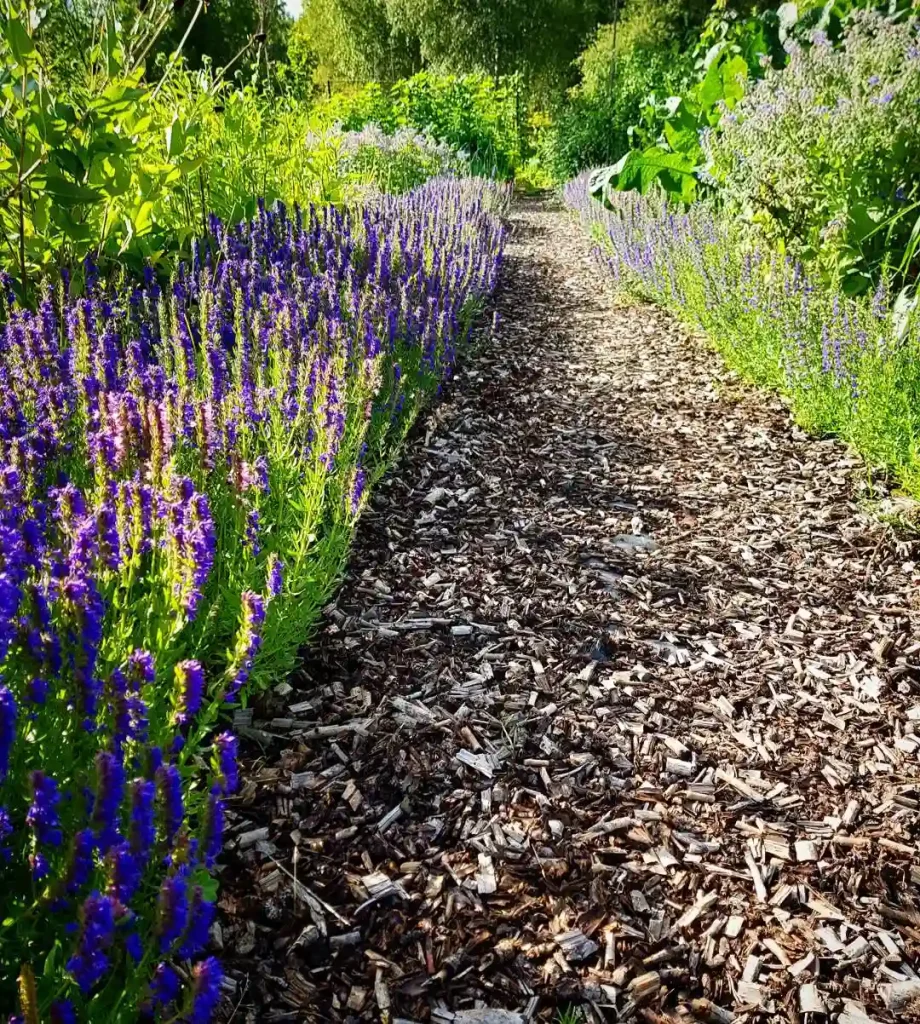What is Ampelopsis Cordata?
Ampelopsis Cordata, often known as Heartleaf Ampelopsis, is a hardy, deciduous vine native to East Asia. It features attractive, heart-shaped leaves and produces small, inconspicuous flowers followed by berries that can add interest to your garden. This plant is commonly used in landscaping due to its fast growth and ability to cover trellises and arbors quickly. Its lush foliage and resilience make it a popular choice for creating green screens or adding a touch of nature to outdoor spaces.
16 Species in Genus Ampelopsis
How to Care for Ampelopsis Cordata?
Caring for Ampelopsis Cordata involves ensuring it gets the right balance of sun and shade. It thrives in full sun to partial shade and prefers well-drained soil. Regular watering is essential, but avoid waterlogging as it can lead to root rot. Pruning is important to maintain its shape and control its growth. Typically, a yearly trim during late winter or early spring helps keep the vine in check. Fertilizing once in early spring with a balanced fertilizer will support its growth and overall health.
How to Propagate Ampelopsis Cordata?
Propagation of Ampelopsis Cordata is usually done through cuttings or seeds. For cuttings, take a 4-6 inch piece of stem from a healthy plant, ensuring it has several nodes. Dip the cut end in rooting hormone and plant it in a pot filled with a mix of peat and perlite. Keep the soil moist and place the pot in a warm, bright location. With time, the cuttings will develop roots and can be transplanted. Seed propagation is also possible but can be less predictable and requires patience as seeds may take several months to germinate.
What to Plant with Ampelopsis Cordata?
Ampelopsis Cordata pairs well with a variety of other plants. Its vigorous growth makes it an excellent companion for slower-growing plants that can benefit from some cover or shade. Consider planting it alongside hostas, ferns, or shade-tolerant perennials. It also works well with climbing roses or clematis on trellises. The contrast between the heart-shaped leaves of Ampelopsis Cordata and the varied foliage of its companions can create a visually appealing garden setup.
Can You Grow Ampelopsis Cordata Indoors?
Growing Ampelopsis Cordata indoors can be challenging due to its rapid growth and need for ample space. While it can tolerate indoor conditions for a short period, it generally prefers outdoor environments where it can climb and spread freely. If you do choose to grow it indoors, provide it with a bright, sunny location and ensure it has enough space to grow. Regular pruning will be necessary to keep it manageable.
Is Ampelopsis Cordata Toxic?
Ampelopsis Cordata is not known to be highly toxic to humans or pets. However, it’s always wise to handle all plants with care, as some individuals may have allergic reactions or sensitivities. If ingested in large quantities, it could potentially cause digestive discomfort. Keep the plant out of reach of small children and pets to avoid any accidental ingestion.
What are the Benefits of Growing Ampelopsis Cordata?
Ampelopsis Cordata offers several benefits. Its fast-growing nature makes it an excellent choice for quickly covering fences, walls, and trellises. The dense foliage provides privacy and can act as a natural screen. Additionally, its attractive leaves add aesthetic value to gardens. The plant is also relatively low-maintenance, making it suitable for gardeners looking for a robust and visually appealing vine.
Common Problems with Ampelopsis Cordata
One common issue with Ampelopsis Cordata is its tendency to become invasive if not properly managed. Its rapid growth can quickly overwhelm other plants or structures. Regular pruning and monitoring are necessary to keep it under control. Another problem can be pest infestations, such as aphids or spider mites. Keeping the plant healthy and inspecting it regularly can help prevent and manage these issues.
Ampelopsis Cordata vs. Brevipedunculata
When comparing Ampelopsis Cordata with Ampelopsis Brevipedunculata, there are some key differences. Ampelopsis Brevipedunculata, also known as Chinese Ampelopsis, typically has smaller leaves and a more compact growth habit compared to the larger, heart-shaped leaves of Cordata. Brevipedunculata also tends to have a more restrained growth rate and is often used for more controlled environments. Both plants are similar in their care requirements, but their growth habits and leaf shapes set them apart.
Ampelopsis Cordata vs. Porcelain
Ampelopsis Cordata and Porcelain Ampelopsis (Ampelopsis ‘Porcelain’) can sometimes be confused due to their similar names. However, Porcelain Ampelopsis is a cultivar known for its distinctive variegated leaves with creamy white edges, contrasting with the solid green leaves of Cordata. The Porcelain variety tends to have a more ornamental appeal, with its striking leaf coloration adding extra visual interest. Both require similar care, but the Porcelain variety may need more attention to maintain its color pattern.
Ampelopsis Cordata is a versatile and attractive vine suitable for various landscaping needs. Whether you’re looking to create a lush green screen or add a touch of greenery to your garden, understanding its care, propagation, and compatibility with other plants can help you make the most of this vibrant plant.
If i die, water my plants!



